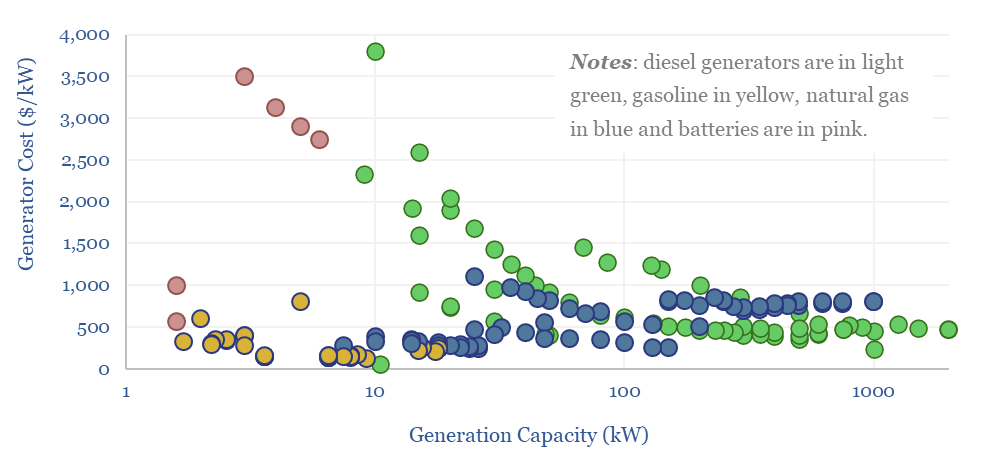
…comprise transfer switches to connect generators to loads, pressure washers, light towers for construction, pumps, batteries and mobile heaters, hence there may be heavy exposure to construction and infrastructure projects….
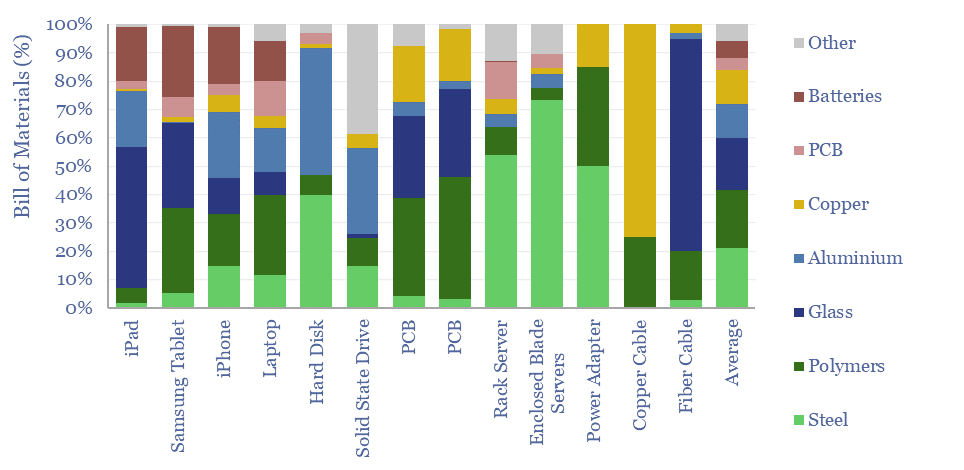
…Copper, Cromium, Dioxygen, Epoxy Resin, Ethylene Vinyl Acetate, Fan, Ferrous, Fibrous Glass Wool, Glass, Glass Fiber, Gold, HDPE, HVA-2, Iron, Iron Oxide, LCP Polymer, Lead, Li-ion batteries, Magnesium silicate, Magnesium,…
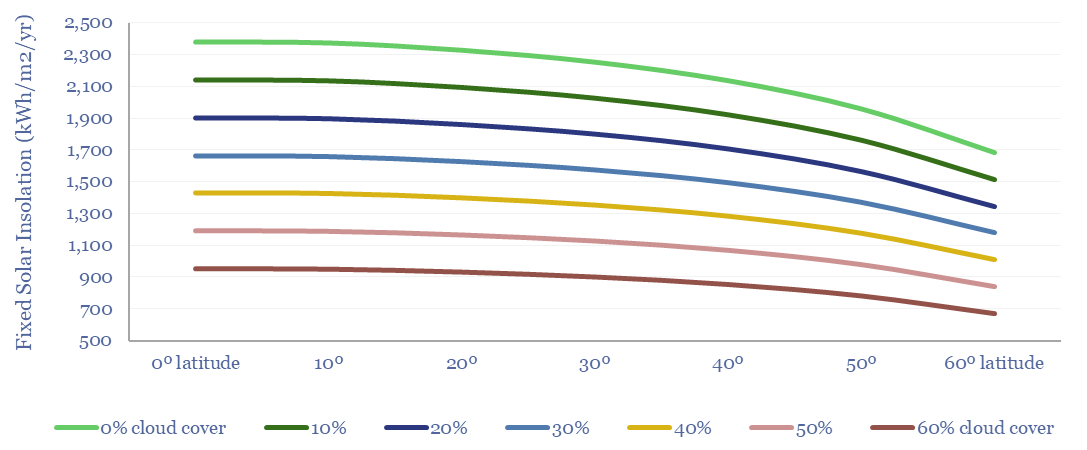
…is extremely challenging to back up economically using batteries. The full data-file allows you to calculate solar insolation, and resultant solar generation, hour-by-hour and then on a fully annualized basis;…
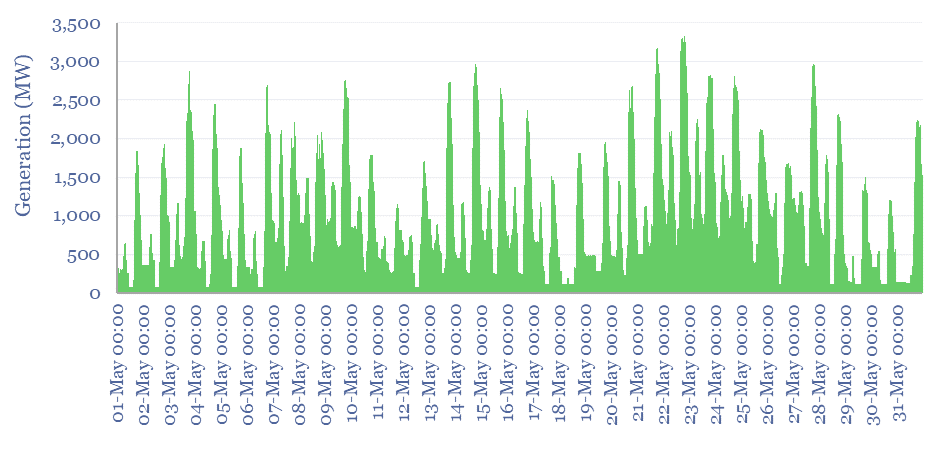
…90% of their total aggregate capacity. Can this really be replicated by batteries? Gas power generation also varies widely, from baseload plants running at 90% utilization through to peaker plants…
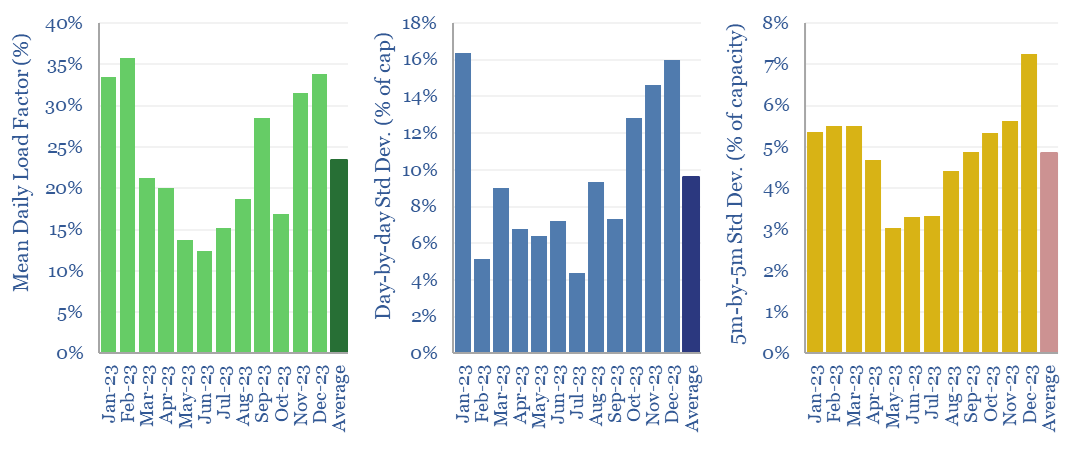
…load factor in June, which means winter output was 65% lower than summer output. Backstopping seasonal volatility is challenging for batteries. Daily volatility averaged +/- 10%. In other words, output…
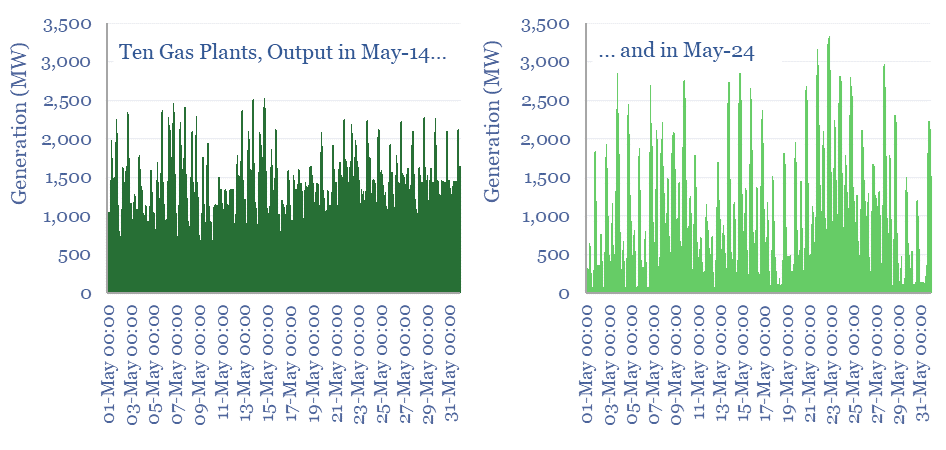
…to fully replace the flexibility of these gas turbines with grid-scale batteries, for the reasons on pages 9-10. Conclusions, predictions and implications are summarized on page 11. Power grids are…
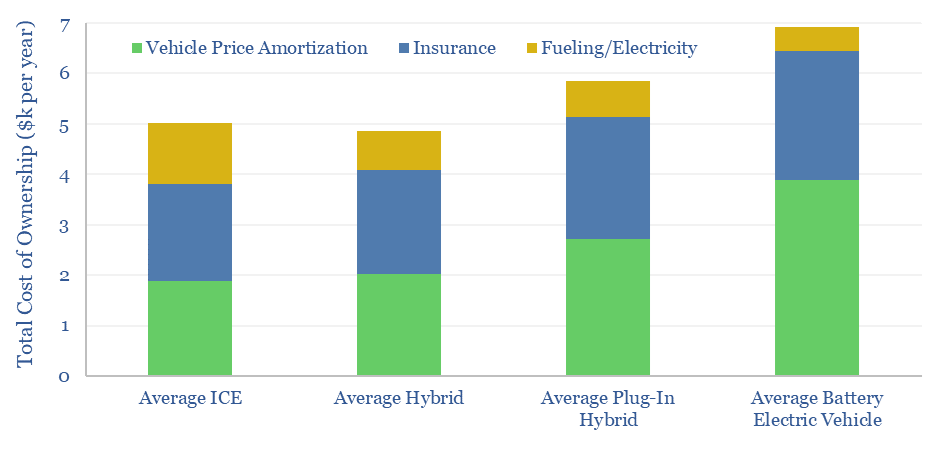
…at $7,000 per year and $5,000 per year, respectively. Electric vehicles’ total cost of ownership is higher due to 55% higher up-front vehicle cost (mainly due to the batteries), 25%…
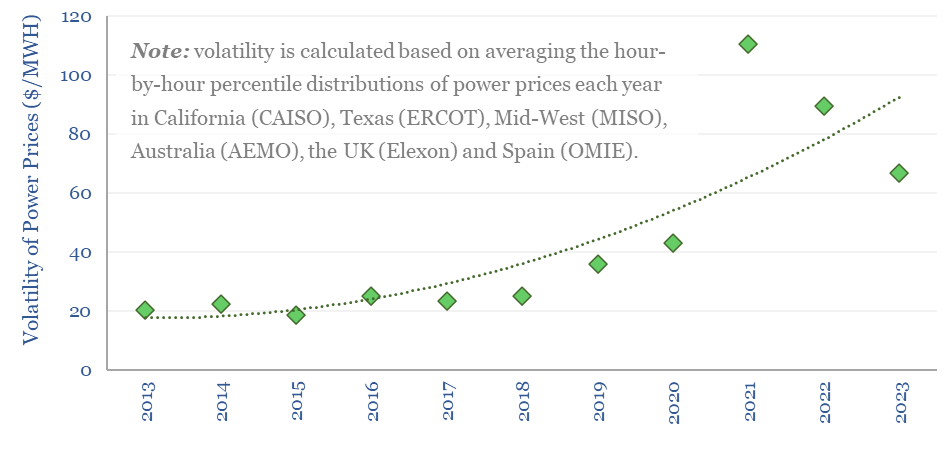
…trading and marketing, grid-scale batteries, some biofuels and biogas. But how much is global power price volatility actually rising? You can drown in data, trying to answer this question! Hence…
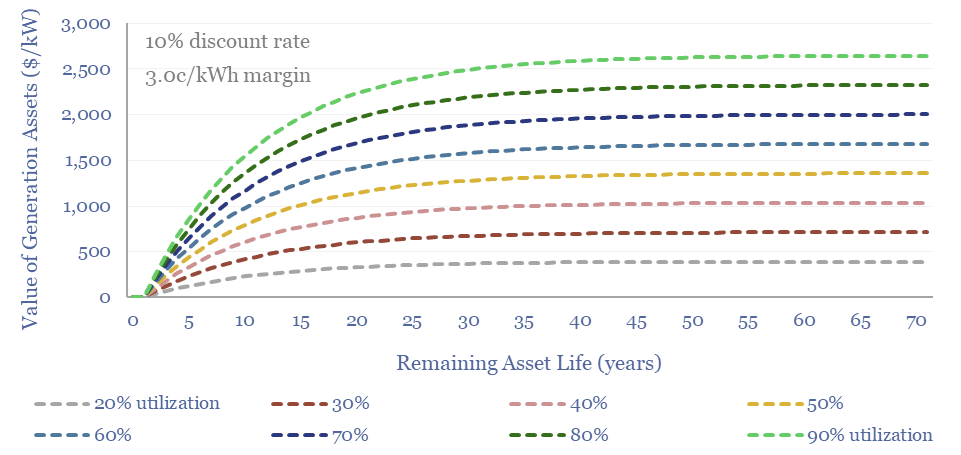
…and grid-scale batteries, as quantified on pages 8-9, but looming PPA cliffs for maturing solar and wind assets, considered on pages 10-12. Carbon credentials are another dimension which can sway…
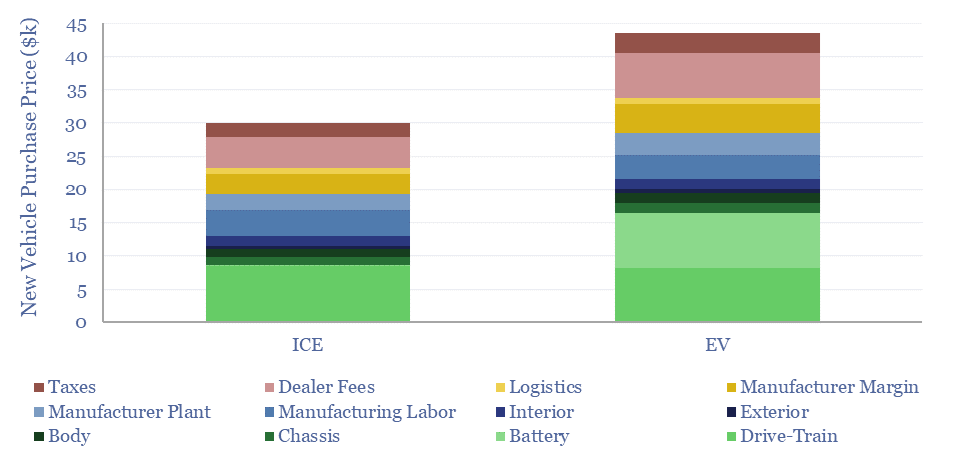
…train costs are similar at $8-9k each. The key challenge for the EV is the battery. The electric vehicle cost breakdown shows promise for improving power electronics and smaller batteries….










